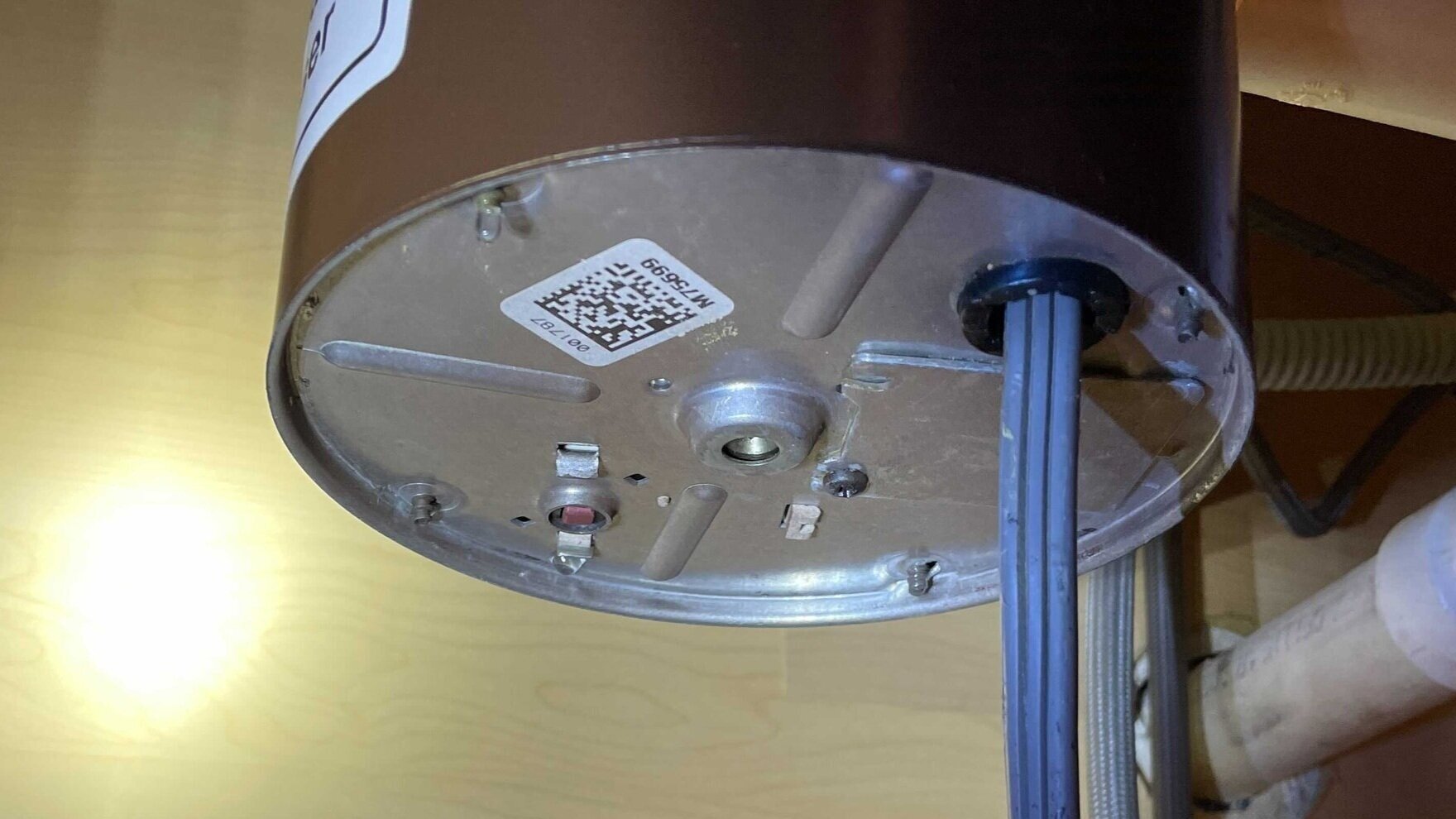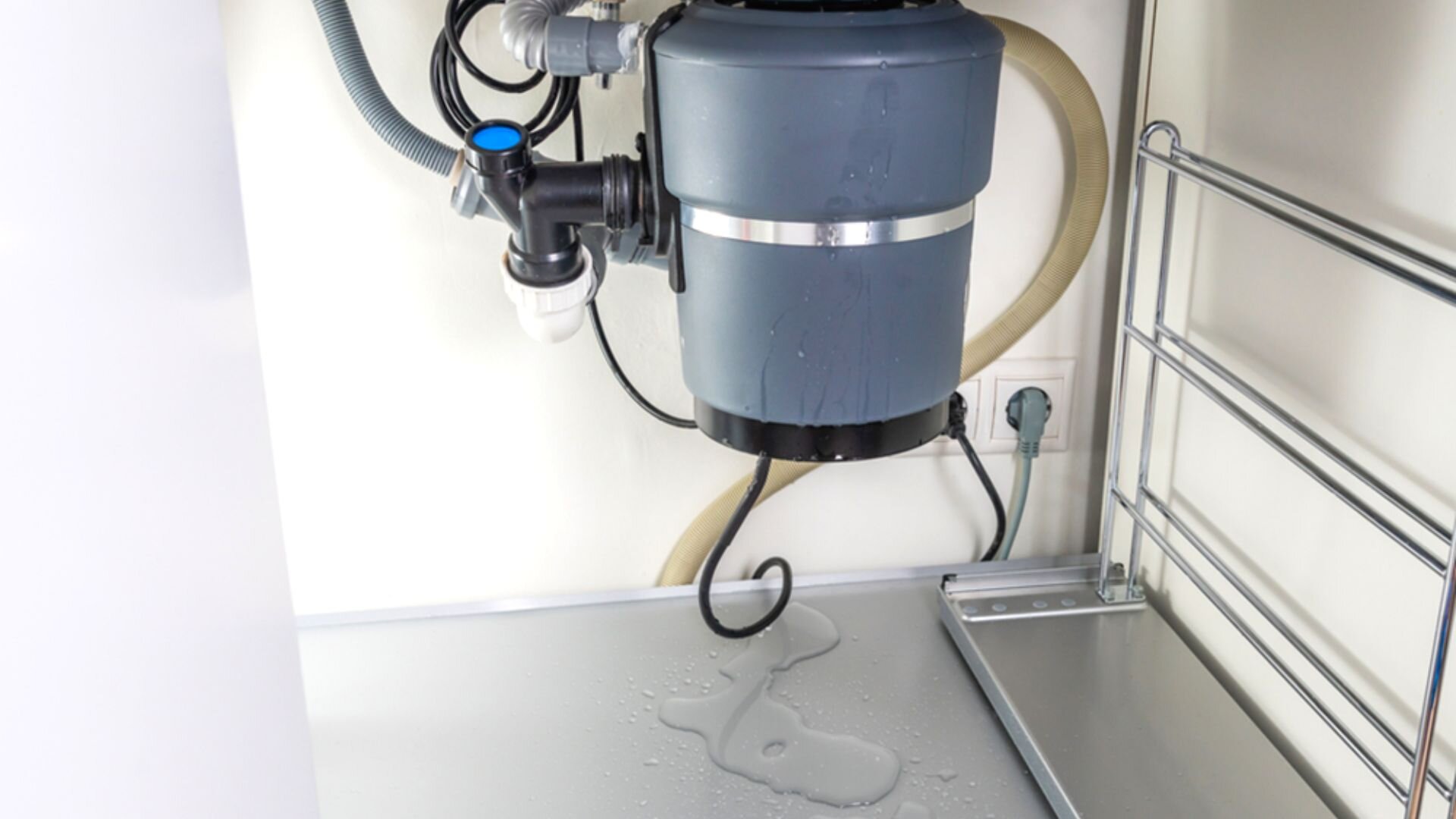Confirmed Ways to Fix a Leaking Waste Disposal Unit
Confirmed Ways to Fix a Leaking Waste Disposal Unit
Blog Article
The content in the next paragraphs about Tips on Fixing a Leaking Garbage Disposal is rather enlightening. Read it for your own benefit and see what you think of it.

Garbage disposals are essential kitchen area appliances that assist in taking care of food waste effectively. However, a leaking waste disposal unit can be a frustrating and untidy issue to manage. Thankfully, numerous leaks can be dealt with conveniently with a few basic steps. In this post, we will talk about exactly how to repair a leaking garbage disposal effectively.
Intro
Garbage disposals are installed under cooking area sinks and are created to shred food waste into smaller items, enabling it to go through the plumbing system conveniently. While these tools are normally reputable, leaks can take place in time as a result of deterioration, loose links, or damage to the system.
Typical Causes of Leakages in Garbage Disposals
Worn Seals and Gaskets
Seals and gaskets play a vital role in stopping water from leaking out of the garbage disposal. With time, these components can weaken, resulting in leakages around the disposal device.
Loose Connections
The links between the garbage disposal and the pipes system can become loosened in time, triggering water to leak out during operation.
Splits or Holes in the Disposal Device
Physical damages to the garbage disposal, such as fractures or openings in the real estate, can also lead to leakages.
Determining the Source of the Leak
Before attempting to fix a leaking waste disposal unit, it is vital to recognize the resource of the leakage. This can commonly be done via visual evaluation or by conducting straightforward tests.
Visual Evaluation
Evaluate the waste disposal unit unit thoroughly for any indicators of water leakage. Pay attention to areas around seals, gaskets, and link points.
Examining for Leaks
One means to evaluate for leaks is by running water via the disposal unit and looking for any visible indicators of leakage.
Tools and Products Needed for Fixing a Leaking Garbage Disposal
Before beginning the repair procedure, collect the needed tools and materials, consisting of a screwdriver, adjustable wrench, plumbing's putty, replacement seals or gaskets, and epoxy or patching product for fixing fractures or holes.
Step-by-Step Overview to Taking Care Of a Leaking Waste Disposal Unit
Shut off the Power
Before trying any fixings, make certain that the power to the garbage disposal device is shut off to stop the danger of electrical shock.
Locate the Leakage
Identify the exact location of the leak and determine the reason.
Tighten Links
Use a wrench to tighten up any kind of loose connections in between the disposal system and the pipes system.
Change Seals or Gaskets
If the leak is due to used seals or gaskets, eliminate the old components and change them with brand-new ones.
Patching Splits or Openings
For fractures or holes in the disposal system, usage epoxy or an appropriate patching material to seal the damaged area.
Testing the Waste Disposal Unit After Repair Service
When the repair is complete, examine the garbage disposal by running water with it to guarantee that the leak has actually been solved.
Preventive Upkeep Tips to Avoid Future Leakages
To prevent future leaks, it is vital to carry out regular upkeep on your garbage disposal. This includes maintaining it tidy, avoiding placing non-food items or difficult things down the disposal, and regularly looking for leakages or other issues.
Verdict
To conclude, dealing with a leaking waste disposal unit is a fairly straightforward procedure that can be finished with standard devices and products. By adhering to the actions outlined in this post and exercising preventive maintenance, you can keep your garbage disposal in good working condition and avoid expensive repair services in the future.
HERE’S HOW TO FIX YOUR GARBAGE DISPOSAL
WHAT TO DO IF SOMETHING IS STUCK IN YOUR GARBAGE DISPOSAL
If the impeller won’t turn, there’s probably something stuck in the disposal. It could be a steak bone or peach pit, although plumbers report pulling all sorts of inappropriate objects out of disposals, such as bottle caps or aluminum foil. Make sure power to the disposal is off, and look inside to see if you can see the source of the jam.
Never stick your fingers in a disposal. Pull out anything you see with tongs or pliers.
If the disposal still won’t work, it may be time to call a plumber or consider buying a new disposal. GEM Plumbing & Heating is here for all of your garbage disposal needs.
WHAT TO DO IF YOUR GARBAGE DISPOSAL DRAIN IS CLOGGED
Take everything out from underneath your sink and put a bucket or other container under your disposal to catch any water that drains out. Disconnect your disposal from the power supply. If it’s plugged into a wall outlet, unplug it. If it’s hardwired into an electrical box, go to the electrical panel and turn off the breaker for the disposal. Pour ¼ cup of baking soda into the drain, followed by ½ cup of white vinegar. Give the solution a few minutes to fizz and do its work. Look into the disposal with a flashlight to see if you can see an object that might be causing the clog. If you see it, remove it using tongs or pliers. MORE TIPS ON DEALING WITH A CLOGGED GARBAGE DISPOSAL
Never use drain cleaner in a garbage disposal. It can damage the plastic parts inside the disposal. You can also be splashed with the caustic liquid while working to clear the clog. Beware! Never stick your fingers into a garbage disposal. Trust us — not a good idea. In many instances, your dishwasher drains through your garbage disposal. This allows the disposal to grind any large food particles that may be drained out of your dishwasher. There are some jurisdictions, however, where the plumbing code prohibits such a connection. WHAT TO DO WHEN YOUR DISHWASHER DRAINS THROUGH THE DISPOSAL
Run some water in the sink so your plunger has at least a ½-inch of water to create a seal and plunge vigorously up and down several times. You may need to repeat this several times. Run hot water down the drain to clear any residue that remains.

As an avid reader on Why Is , I thought sharing that excerpt was a good thing. If you enjoyed reading our blog post please don't forget to pass it around. Thank you so much for your time invested reading it.
Hire A Pro Report this page